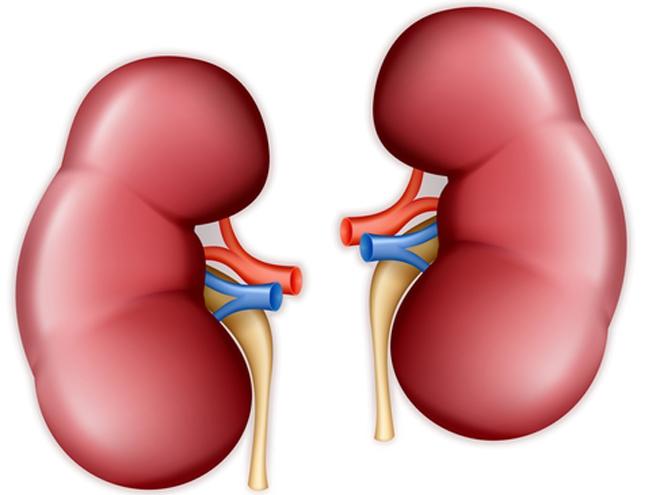
Acute kidney injury (AKI) in hospitalized patients is associated with increased short- and long-term mortality. Ryann Sohaney, DO, and colleagues conducted a retrospective cohort study to examine trends in in-hospital and 1-year mortality associated with AKI. AKI was defined using Kidney Disease Improving Global Outcomes serum creatinine criteria.
The study utilized data from the national Veterans Health Administration on all patients hospitalized from October 1, 2008, to September 30, 2017. Cox regression with year as a continuous variable was used to analyze in-hospital and 1-year mortality trends in patients with and without AKI. Results were reported in the Clinical Journal of the American Society of Nephrology [doi.org/10.2215/CJN.01730221].
During the study period, there were 1,688,457 patients and 2,689,093 hospitalizations. Of the patients with AKI, 6% died during hospitalization and 28% died within 1 year of discharge. Conversely, in-hospital and 1-year mortality rates among non-AKI hospitalizations were 0.8% and 14%, respectively. There was a slight decrease in crude in-hospital AKI-associated mortality during the study period (hazard ratio [HR], 0.98 per year; 95% confidence interval [CI], 0.98-0.99); the decrease was attenuated following adjustment for patient demographics, comorbidities, and acute hospitalization characteristics (adjusted HR, 0.99 per year; 95% CI, 0.99-1.00). The stable temporal trend in mortality persisted at 1 year (adjusted HR, 1.00 per year; 95% CI, 0.99-1.00).
In conclusion, the researchers said, “AKI associated mortality remained high, as greater than one in four patients with AKI died within 1 year of hospitalization. Over the past decade, there seems to have been no significant progress toward improving in-hospital or long-term AKI survivorship.”

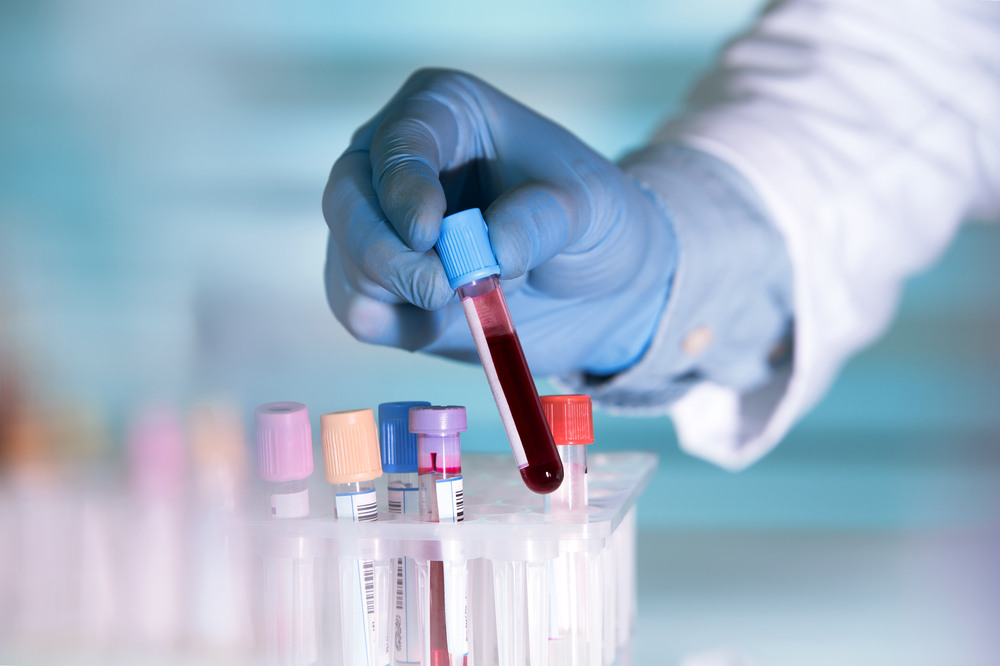

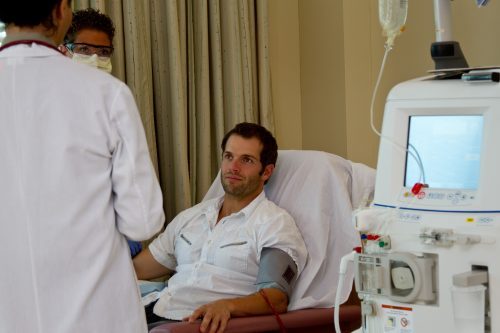
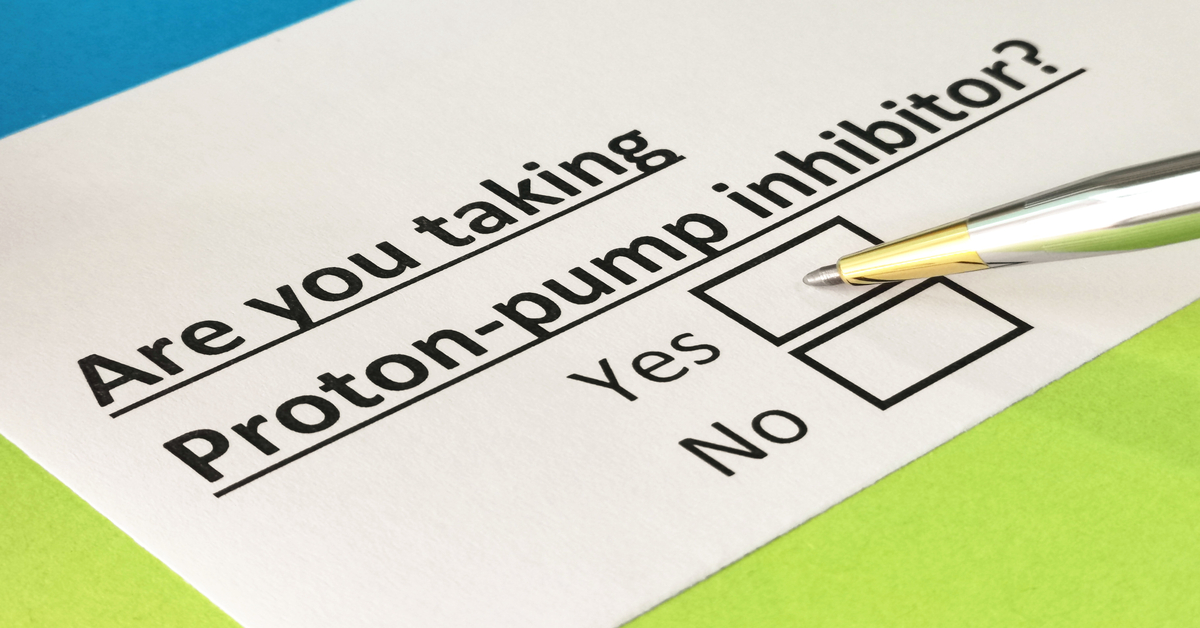
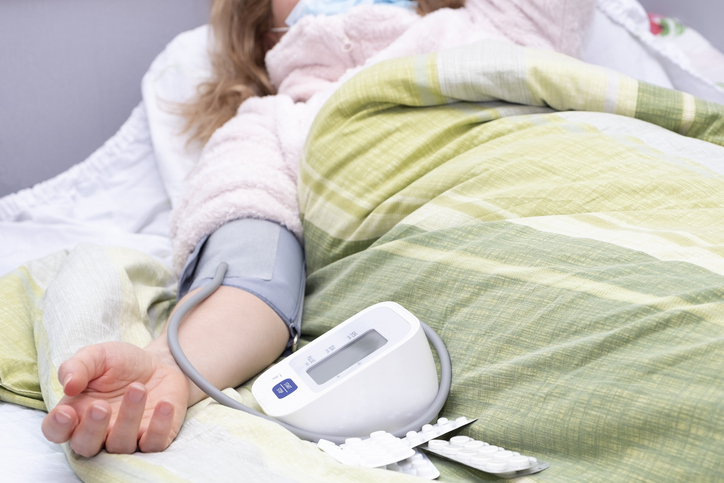

 © 2025 Mashup Media, LLC, a Formedics Property. All Rights Reserved.
© 2025 Mashup Media, LLC, a Formedics Property. All Rights Reserved.